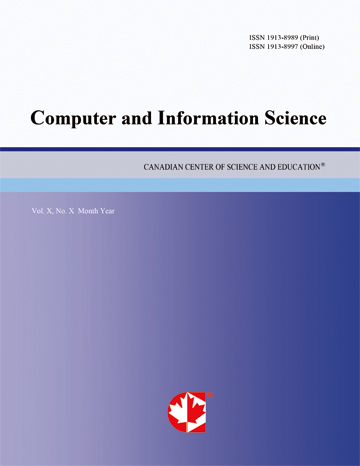Collaborative Supply Chain in the Digital Age: A Case Study of its Extent of Adoption by Indigenous Organizations in Building Inter-and Intra-firm Alignments
- Hart O. Awa
- Nsobiari F. Awara
- Bartholomew C. Emecheta
Abstract
The term collaborative supply chain or SCM is a social software package that promises inter-and intra-firm alignments and information sharing to assure outstanding performance of the whole. It involves integrating resources and automating transactions across traditional boundaries to build mutually benefiting competitive advantage. SCM in the digital age encompasses accessibility of internal activities and measurement metrics by external parties as well as optimization of processes for mutual improvement in customer service, and reduction of inventory level and associated cost; good business relationships built on trust and minimized selfishness; and long term flexibility and adaptability evidenced by co-creation of products along the value chain. Apparently, experience has shown too many firms avoid engagement in this extensive supply chain integration, perhaps for fear of breeding conflicts. The paper viewed the current practice of SCM by studying the experiences and insights of 108 managers/officers, drawn from eight indigenous firms. The benchmark for selection was that the subject must be directly involved in supply chain initiatives and case study interviews were used for the survey. The finding unravelled discrepancy between the ideals of theories of SCM and actual practice; no consensus about its meaning, multiple supply chain collaboration compounds the problem even the more, and most times it may be difficult to meet the laid down conditions. Firms easily embrace internal cross functional integration and shun inter-organizational integration, perhaps because they want to build unique competitive advantage. Therefore more orientations should be done to educate managers on the ideals of SCM, especially on the area of dissuading selfish maximization of profits.- Full Text:
 PDF
PDF
- DOI:10.5539/cis.v3n1p128
Journal Metrics
WJCI (2022): 0.636
Impact Factor 2022 (by WJCI): 0.419
h-index (January 2024): 43
i10-index (January 2024): 193
h5-index (January 2024): N/A
h5-median(January 2024): N/A
( The data was calculated based on Google Scholar Citations. Click Here to Learn More. )
Index
- Academic Journals Database
- BASE (Bielefeld Academic Search Engine)
- CiteFactor
- CNKI Scholar
- COPAC
- CrossRef
- DBLP (2008-2019)
- EBSCOhost
- EuroPub Database
- Excellence in Research for Australia (ERA)
- Genamics JournalSeek
- Google Scholar
- Harvard Library
- Infotrieve
- LOCKSS
- Mendeley
- PKP Open Archives Harvester
- Publons
- ResearchGate
- Scilit
- SHERPA/RoMEO
- Standard Periodical Directory
- The Index of Information Systems Journals
- The Keepers Registry
- UCR Library
- Universe Digital Library
- WJCI Report
- WorldCat
Contact
- Chris LeeEditorial Assistant
- cis@ccsenet.org
